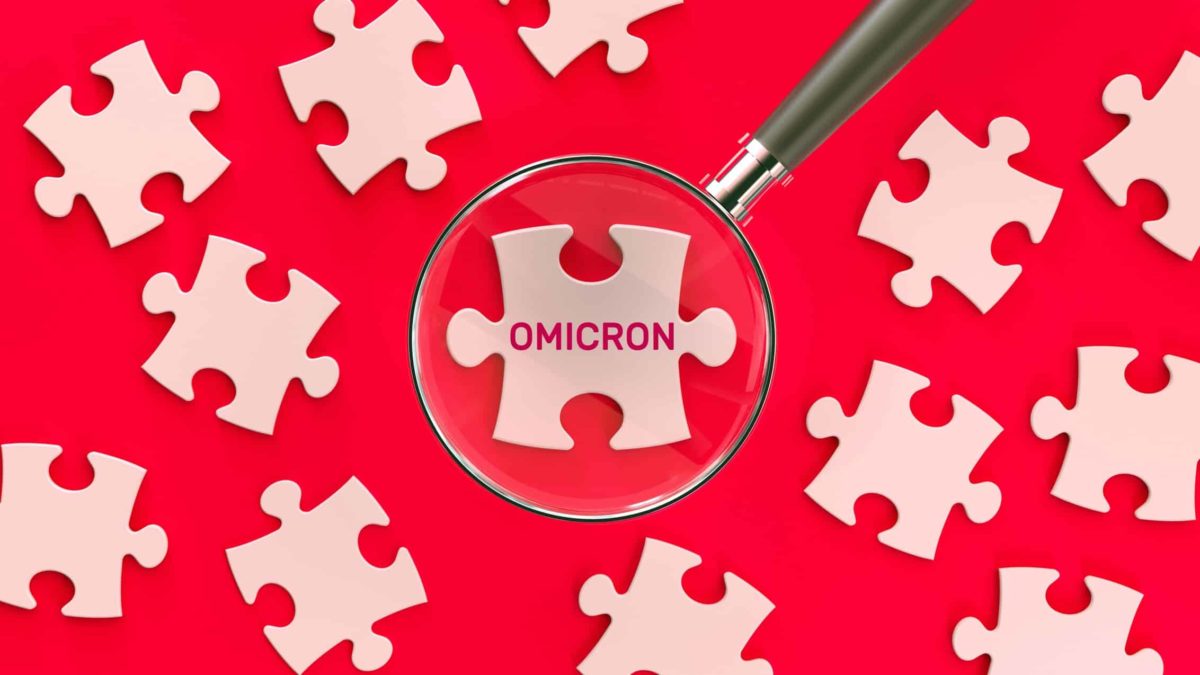Omicron (CRYPTO: OMIC) only launched a few weeks ago. On 9 November, to be precise.
In its early hours of life, the crypto was trading for US$205 (AU$287). Over the following few weeks, it dipped as low as US$49, trading for US$69 as recently as Saturday, 27 November.
Then word broke of the new COVID variant emerging from South Africa. It was initially labelled B.1.1.529 by the World Health Organisation (WHO). But the mutated virus was rebadged as Omicron over the weekend when the WHO concluded it was a variant of concern.
And then the crazy price action for the Omicron crypto took off.
What happened with Omicron after the variant was named?
In what may be a sign of the times we live in, once the word Omicron was on everyone's mind due to the viral mutation, the crypto of the same name surged.
On Monday one Omicron was worth US$692. That's a gain of 903% in less than 2 days.
Astounding.
But the air seems to be coming out of the fast-rising crypto. At the time of writing, it's trading for US$209. While that's still well up on Saturday's US$69, investors who bought at the peak will be nursing a current loss of 70%.
Caveat emptor.
The Bitcoin (CRYPTO: BTC) price, interestingly, went the other way. Bitcoin fell hard alongside global share markets once news of the new COVID variant made global headlines. It then regained much of those losses after medical authorities revealed the variant may not be much more dangerous than Delta.
What does this crypto do?
According to CoinMarketCap, "Omicron is a decentralised reserve currency protocol available on the Arbitrum Network based on the OMIC token".
CoinMarketCap and other crypto service providers don't offer a market capitalisation for the token, saying they don't have the needed information on the circulating supply.
Looking ahead, should there be another COVID variant in our future (let's all hope not!) it will likely receive the name Pi, next up in the Greek alphabet.
And if you were wondering there is indeed a crypto with that label. Namely, Plian (CRYPTO: Pi). Plian was launched in June 2018 and has a current market cap of US$11 million.
Will Pi take off, briefly, like Omicron if that next COVID variant emerges?
Only time will tell.







